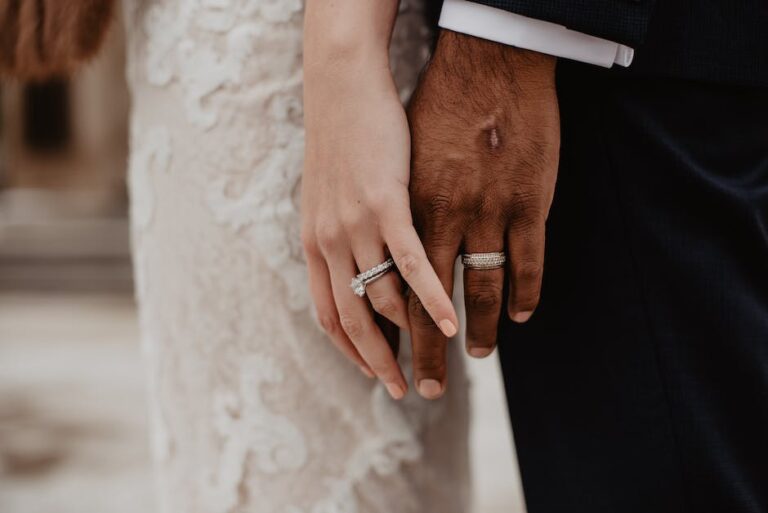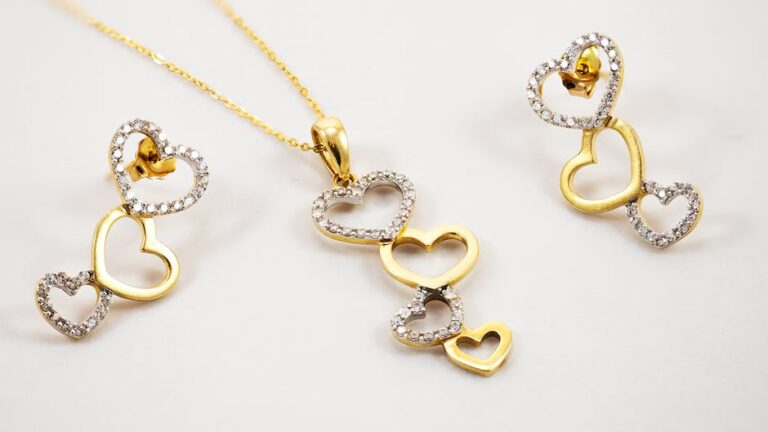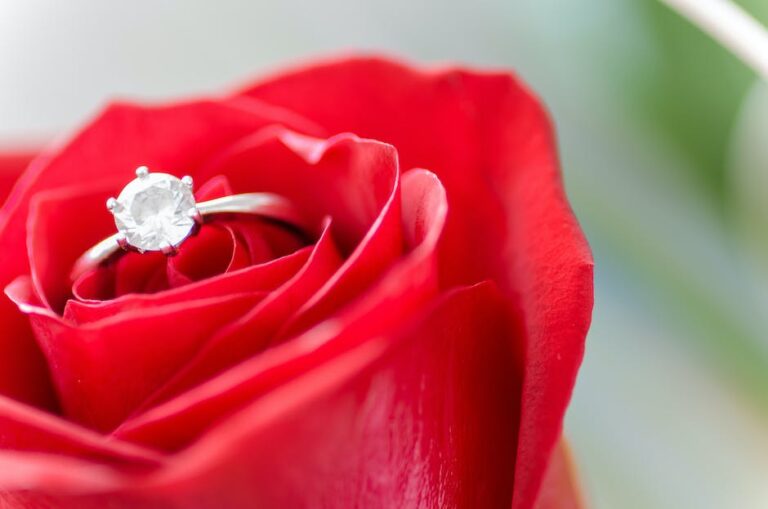Diamond Alternatives: What Are Your Options?
Ah, diamonds. Who doesn’t love them? They are stunning, timeless, and a symbol of forever. However, they can also be quite pricey. Luckily, there are several diamond alternatives that offer similar beauty without breaking the bank.
Whether you are looking to save money or want to opt for an ethical or unique stone, there are plenty of options to consider.
Moissanite: The Diamond Lookalike
If you are looking for a diamond alternative that closely resembles the real thing, moissanite might be your best bet. It is a naturally occurring gemstone that was first discovered in a meteorite. Its brilliance and fire are similar to that of a diamond, making it a popular choice for engagement rings and other jewelry.
Moissanite also has a higher refractive index than diamond, which means it reflects more light and produces more sparkle. In terms of durability, moissanite ranks just below diamond on the Mohs scale, making it a great option for everyday wear.
One of the biggest advantages of moissanite is its price. A one-carat moissanite can cost up to 90% less than a similar quality diamond. This makes it a great alternative for those who want a diamond look without the high price tag.
Cubic Zirconia: Affordable Option with Less Sparkle
Cubic zirconia, or CZ, is perhaps the most well-known diamond alternative. It is a synthetic gemstone that comes in a range of colors, including clear, pink, blue, and yellow. CZ is also cheaper than diamonds and other gemstones, which makes it a popular choice for fashion jewelry and costume pieces.
Compared to moissanite and diamond, cubic zirconia is less durable and has less brilliance and fire. However, with its affordability and versatility, it can be a great alternative option for those looking for sparkle on a budget.
It’s important to note that while cubic zirconia may not be as durable as other gemstones, it is still a popular choice for engagement rings. With proper care and maintenance, cubic zirconia can last for years to come.
When choosing a diamond alternative, it’s important to consider your budget, personal style, and durability needs. With so many options available, finding the perfect alternative has never been easier.

Colored Gemstones: A Unique and Vibrant Choice
If you’re looking for a diamond alternative that adds some color to your jewelry collection, colored gemstones might be just what you need. From the stunning blue of sapphires to the rich red of rubies, there are a wide variety of colored gemstones that can provide a unique and vibrant look.
One of the biggest advantages of colored gemstones is their diversity. Each gemstone has its own unique properties, from the range of colors they come in, to their hardness and durability. This makes them a versatile option for any type of jewelry.
When considering colored gemstones, it’s important to keep in mind that their value can vary greatly depending on the type of gemstone and its quality. Some gemstones, like emeralds, are more prone to inclusions, which can affect their clarity and, in turn, their value. It’s always a good idea to work with a reputable jeweler to find a quality gemstone that fits your style and budget.
Lab-Grown Diamonds: Ethical and Environmentally Friendly
For those who still want the look and durability of a real diamond, lab-grown diamonds are a great alternative. Created in a lab environment under controlled conditions, synthetic diamonds are virtually identical to natural diamonds in terms of their chemical composition and physical properties.
One of the biggest advantages of lab-grown diamonds is their ethical and environmental benefits. Since they are grown in labs, there is no need for mining, which can be harmful to the environment and can result in unethical labor practices. Additionally, lab-grown diamonds are often less expensive than their natural counterparts.
While lab-grown diamonds are similar to natural diamonds, some people may still prefer the authenticity and history of natural diamonds. It’s important to consider your personal beliefs and values when choosing a diamond alternative.
White Sapphire: A Durable and Affordable Option
White sapphire is another diamond alternative that has been growing in popularity in recent years. While it may not have the same sparkle as a diamond or moissanite, white sapphire is a durable and affordable option for those who want a classic look.
White sapphire is a natural gemstone that comes in a range of sizes and shapes. It is also durable, ranking just below diamond on the Mohs scale. This makes it a good option for everyday wear, especially for those who might be harder on their jewelry.
One of the biggest advantages of white sapphire is its affordability. A one-carat white sapphire can cost significantly less than a similar quality diamond or moissanite. This makes it a great option for those who want a classic look without breaking the bank.
Emeralds, Rubies, and Sapphires: An Alternative for Engagement Rings
Diamonds have long been the traditional choice for engagement rings, but more and more couples are opting for alternative gemstones, like emeralds, rubies, and sapphires. These gemstones offer a unique and personalized look for an engagement ring.
Emeralds are known for their stunning green color, and their inclusions can actually add to their value. Rubies, on the other hand, have a deep red color that is associated with passion and love. Sapphires, which come in a range of colors, are known for their durability and are a great choice for an engagement ring that will stand the test of time.
When choosing an alternative gemstone for an engagement ring, it’s important to consider the durability of the gemstone. Make sure to choose a gemstone that has a hardness that can withstand everyday wear. In addition, make sure to work with a reputable jeweler who can help you find a high-quality gemstone for your ring.
Considerations When Choosing a Diamond Alternative
When choosing a diamond alternative, there are several factors to consider. First and foremost, consider your personal style and preferences. Do you want a stone that closely resembles a diamond, like moissanite? Or do you want a unique and colorful gemstone, like an emerald or sapphire?
It’s also important to consider the durability and hardness of the gemstone. If you plan on wearing your jewelry every day, you will want to choose a gemstone that is strong enough to withstand everyday wear and tear.
Finally, consider your budget. While diamond alternatives can be significantly less expensive than diamonds, some options can still be quite costly. Set a budget for yourself and make sure to find a high-quality gemstone that fits within your price range.
By considering these factors, you can find the perfect diamond alternative for your needs and preferences. Whether you opt for moissanite, colored gemstones, or lab-grown diamonds, there are plenty of options available to suit your style and budget.







